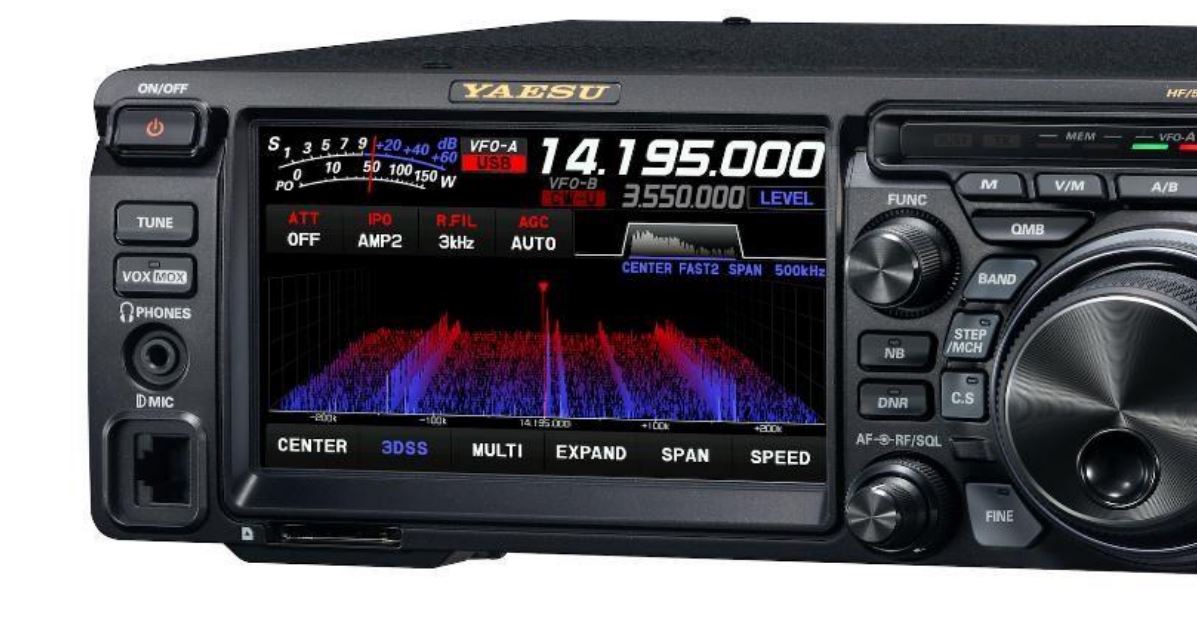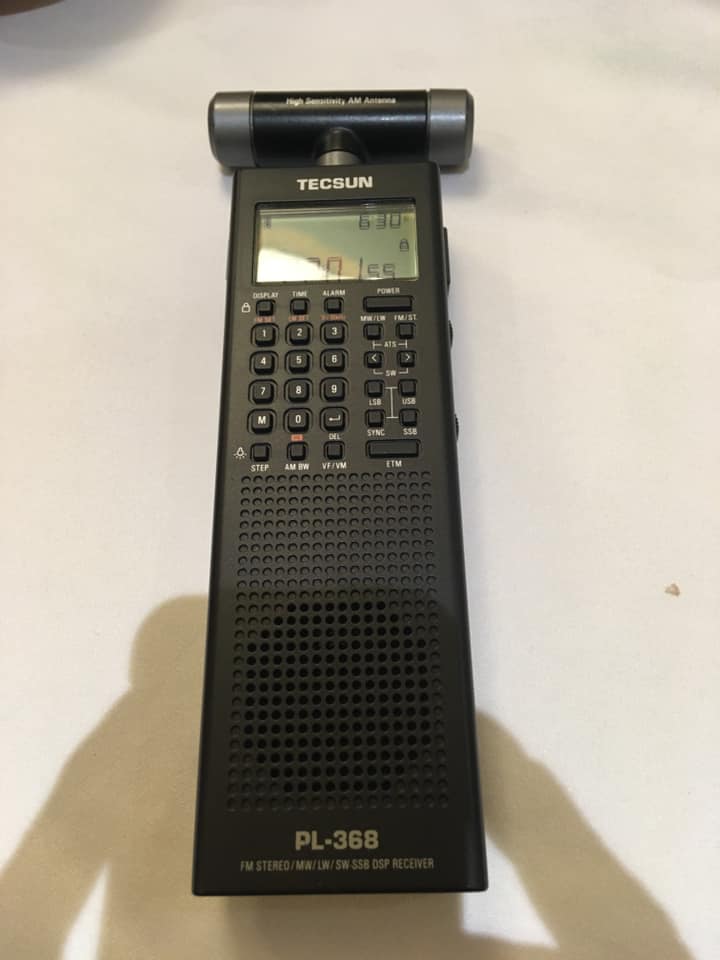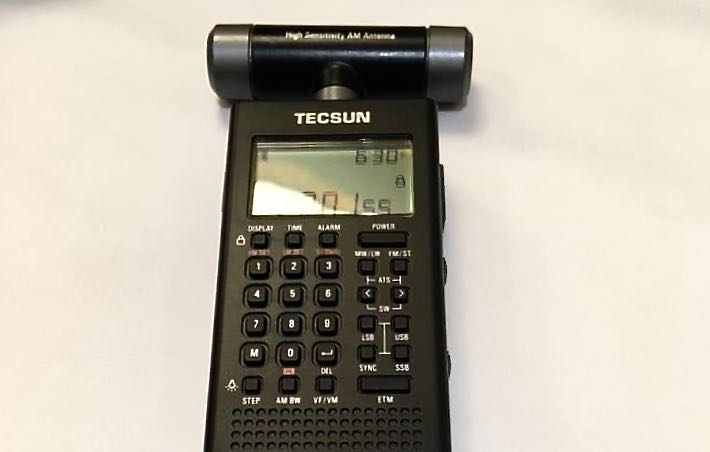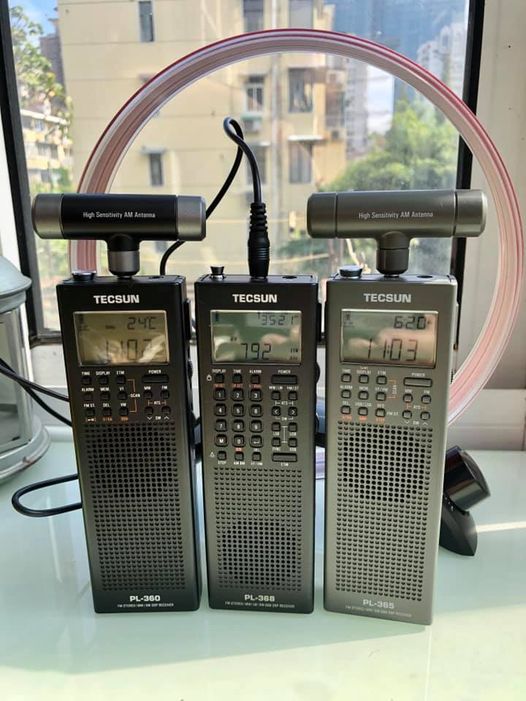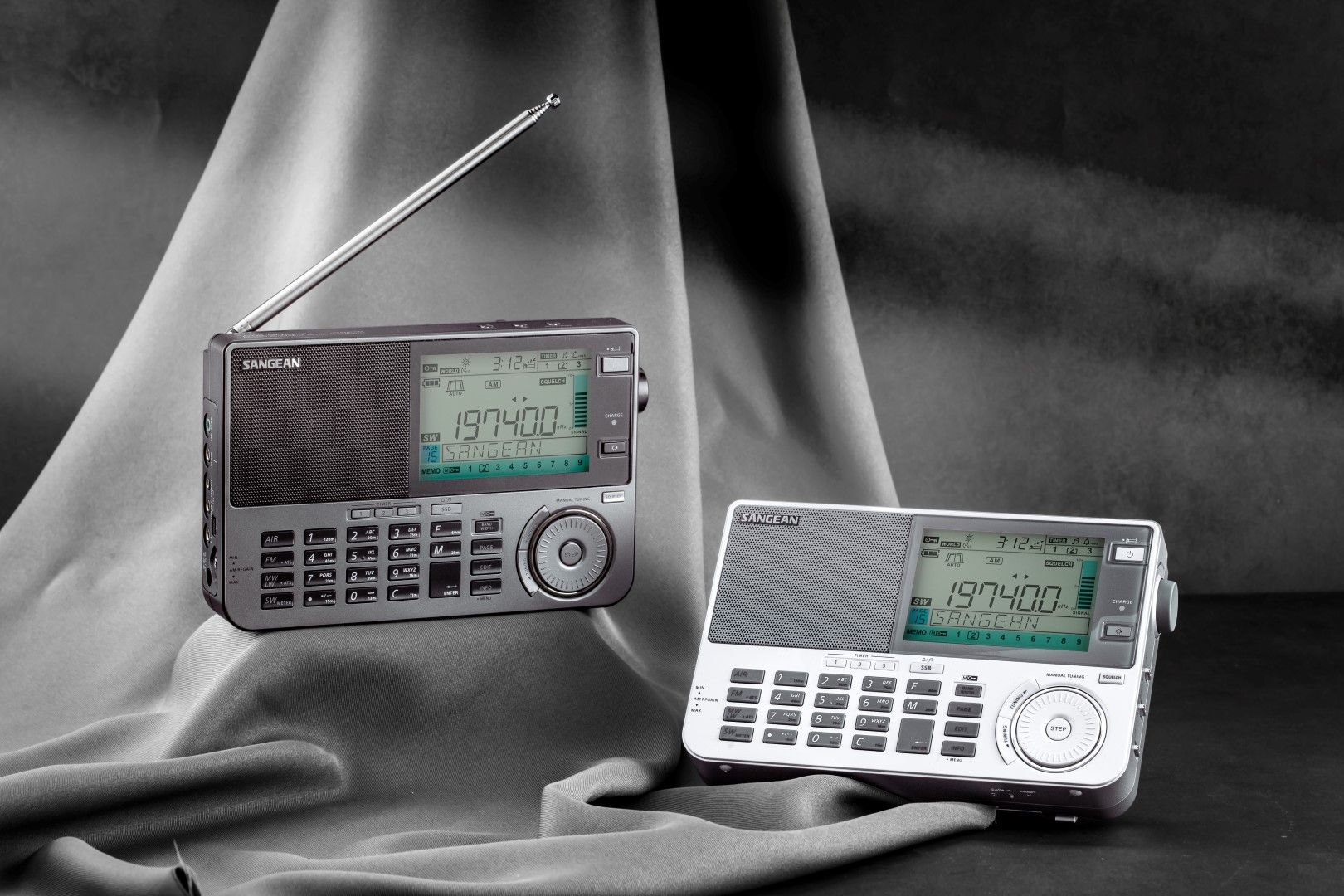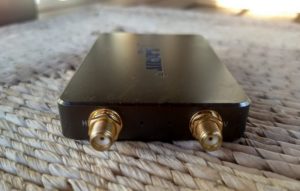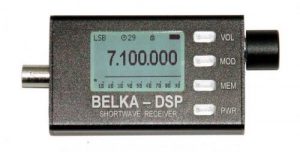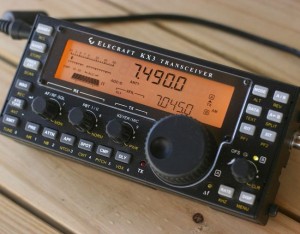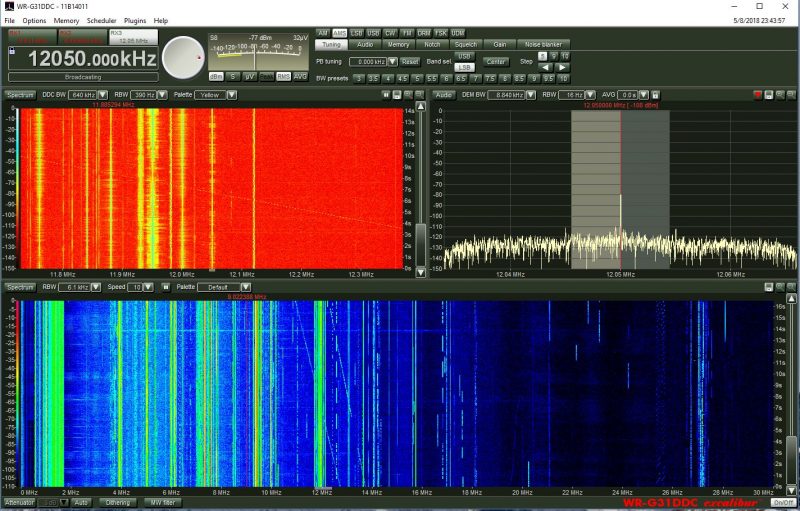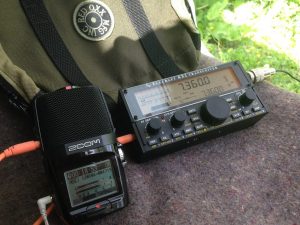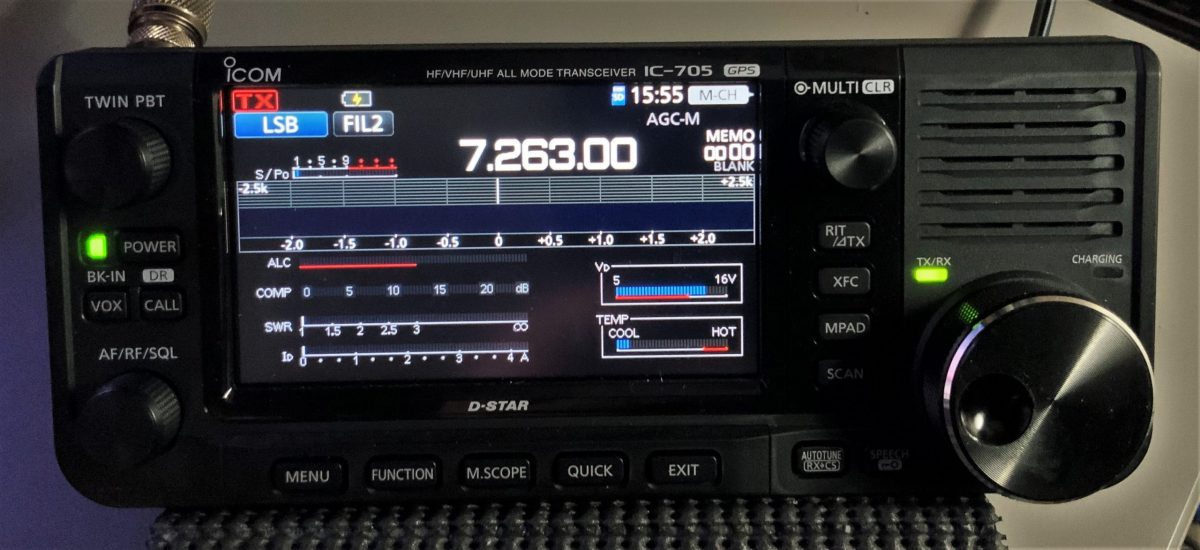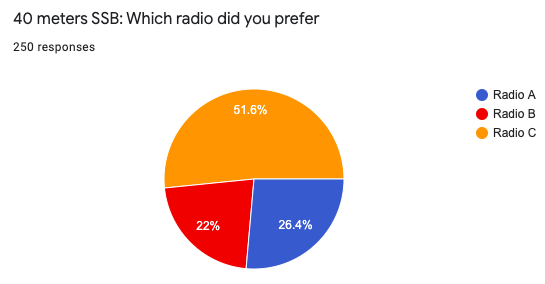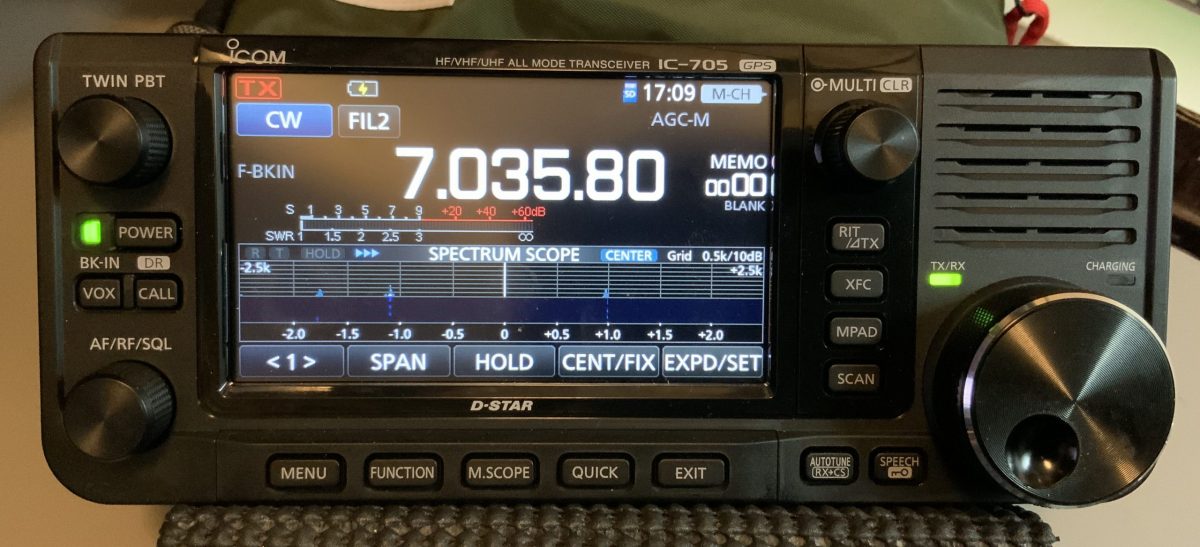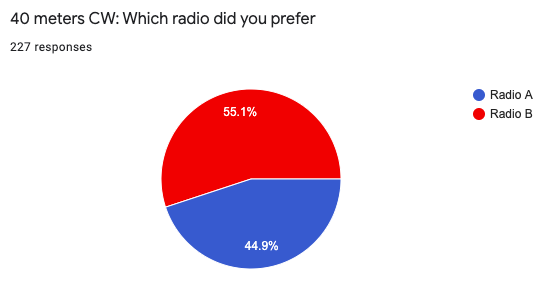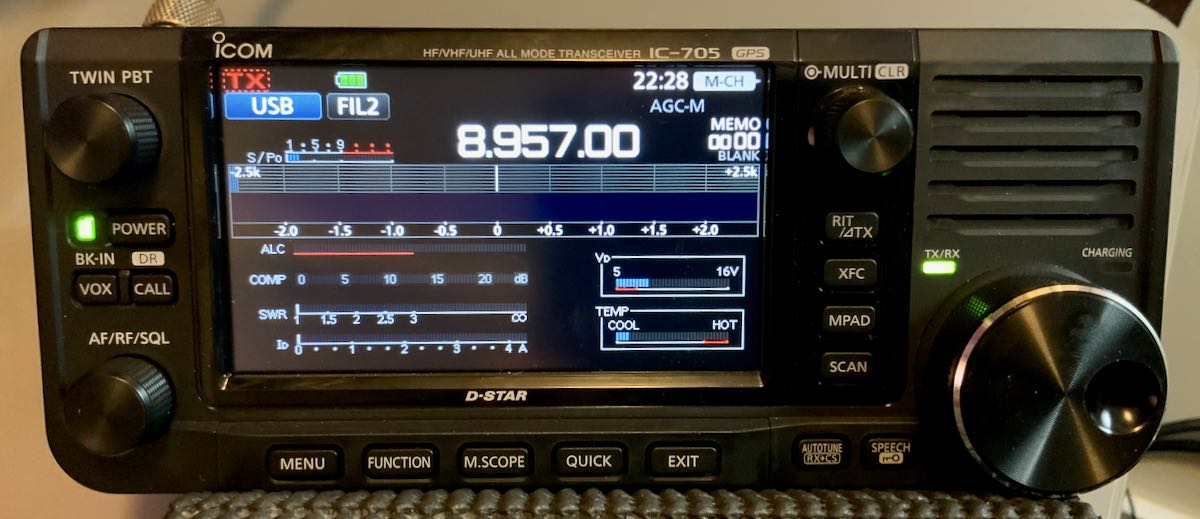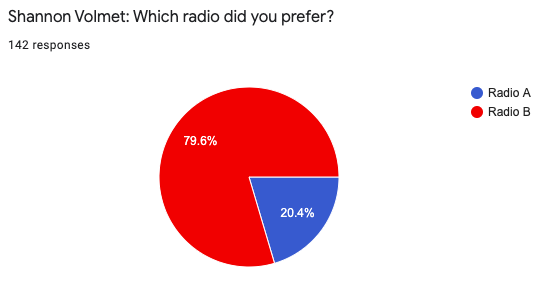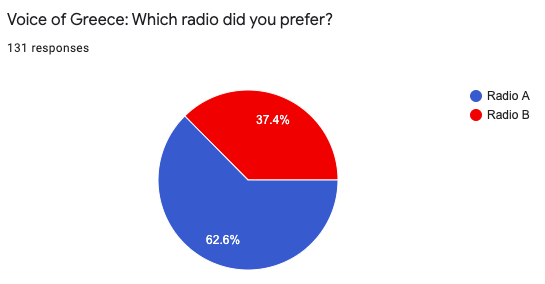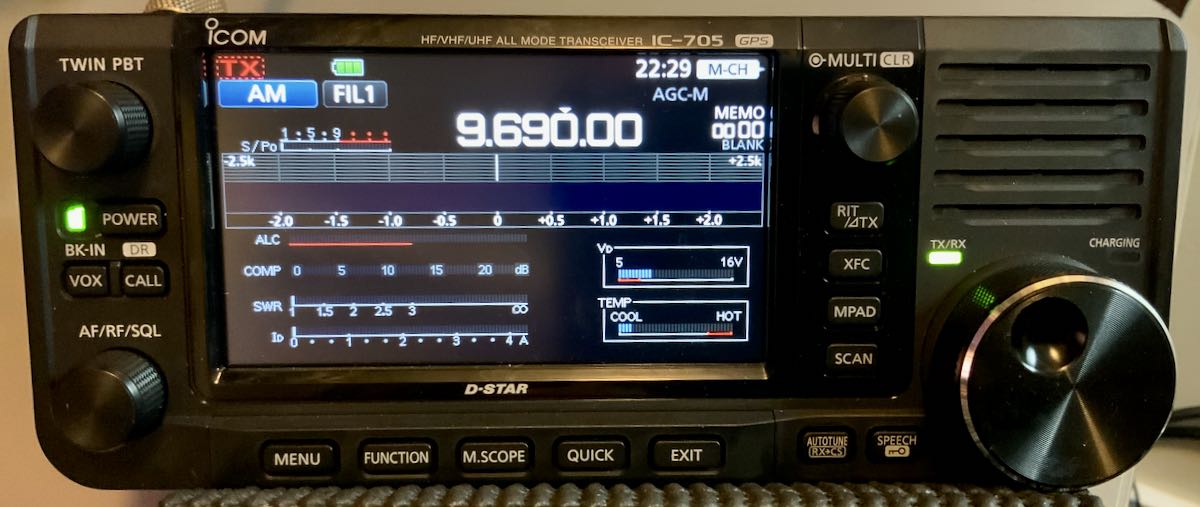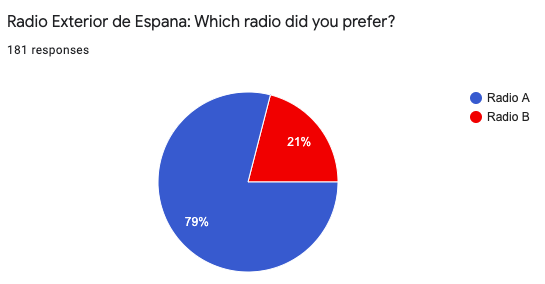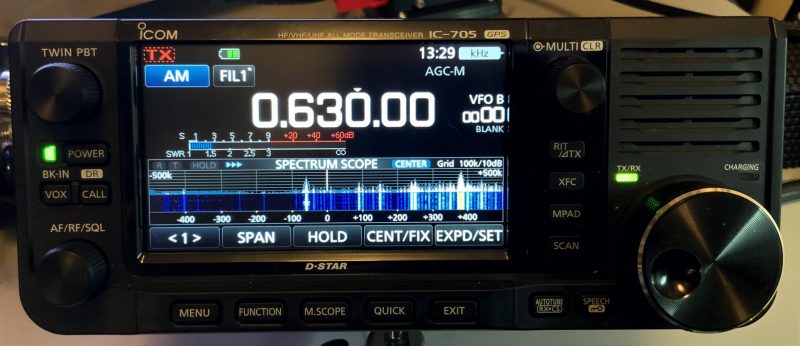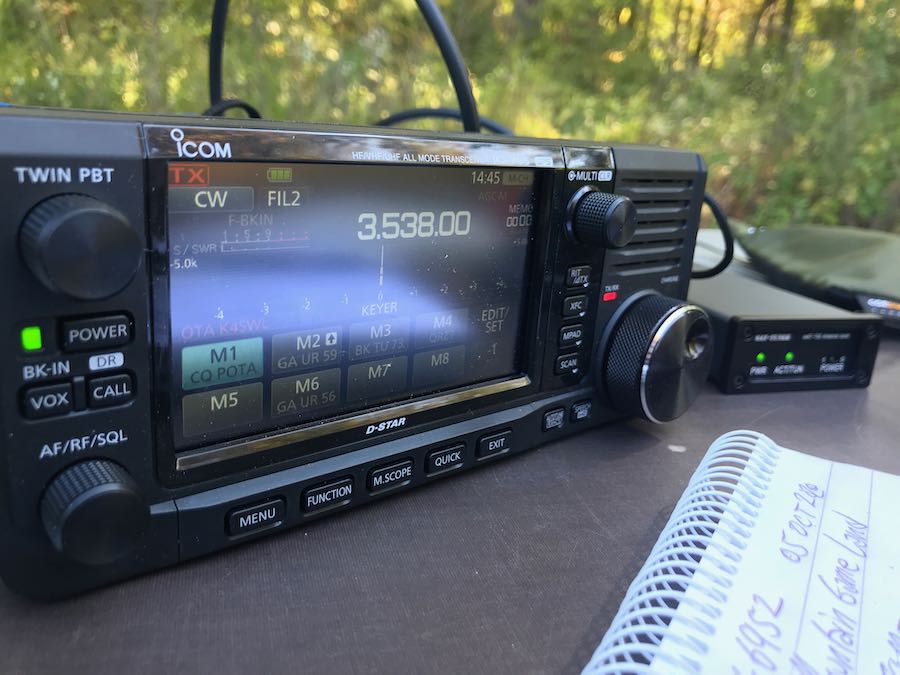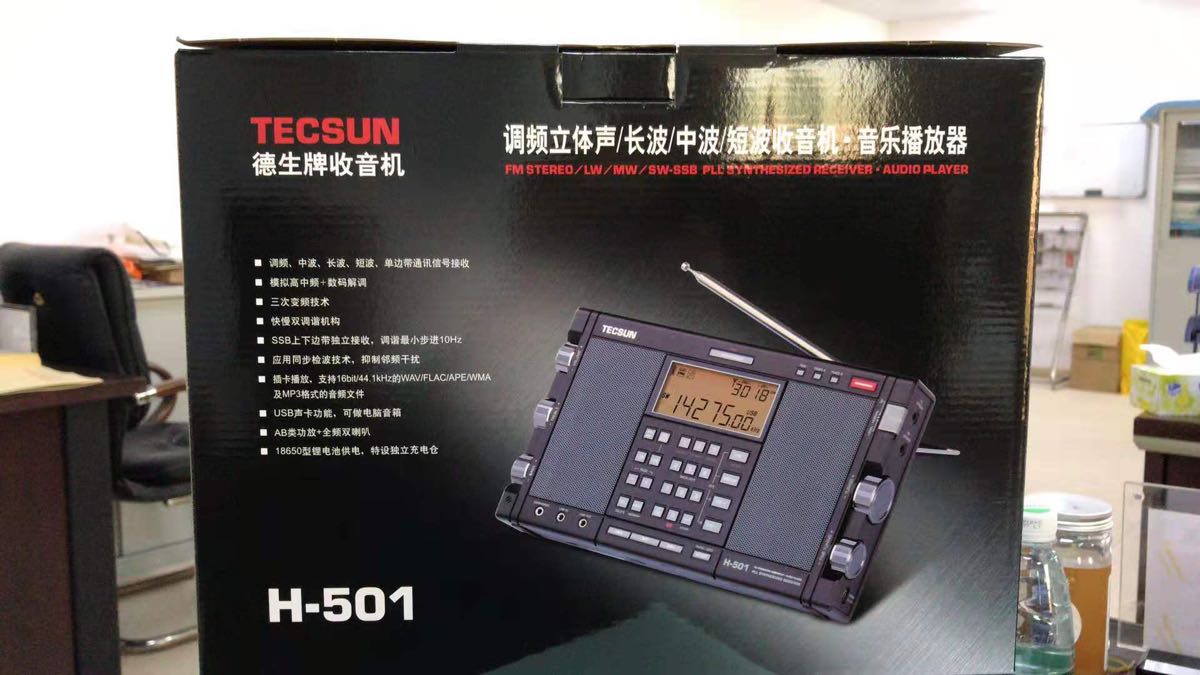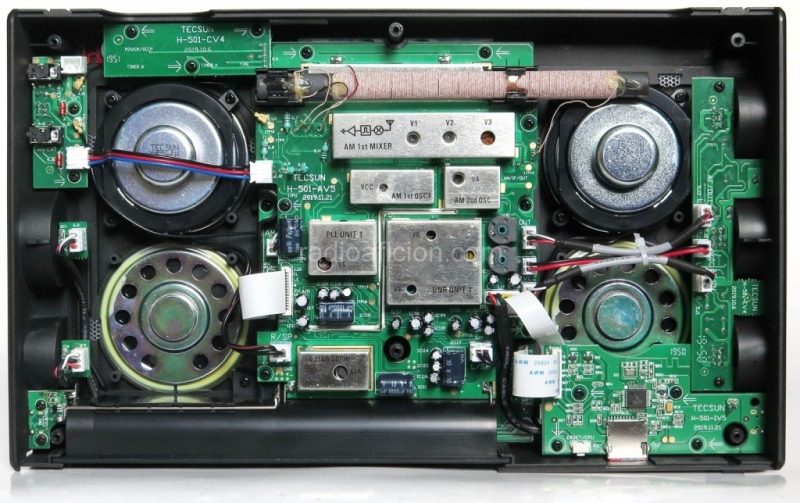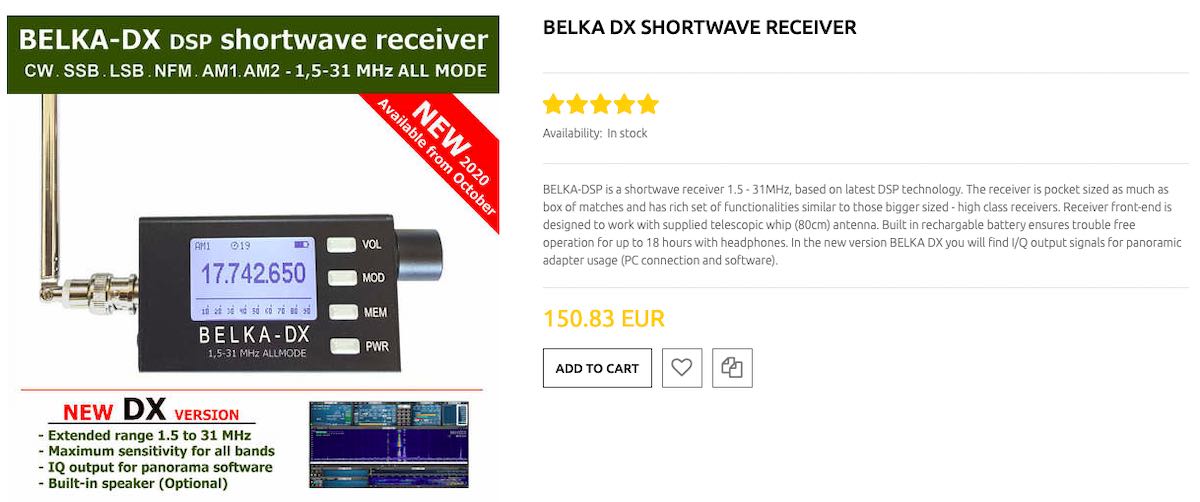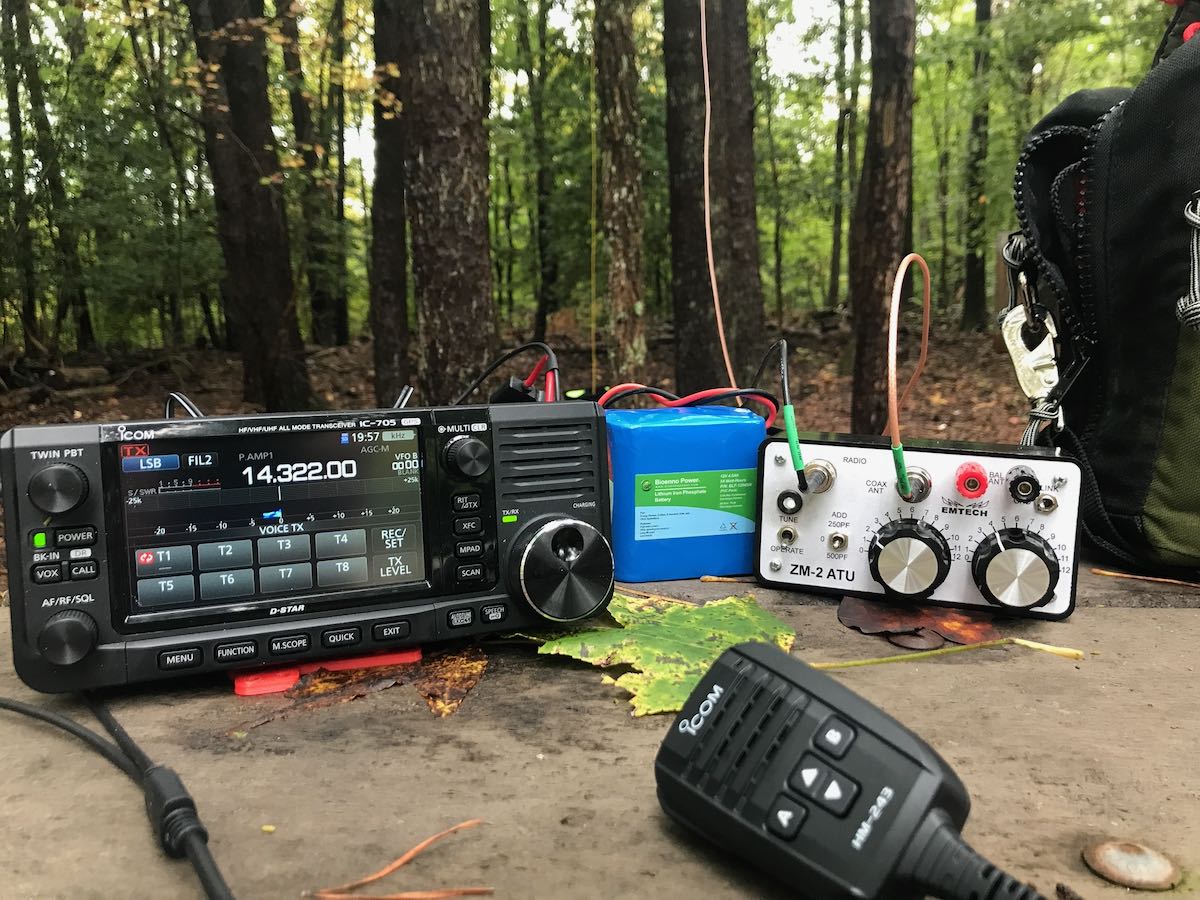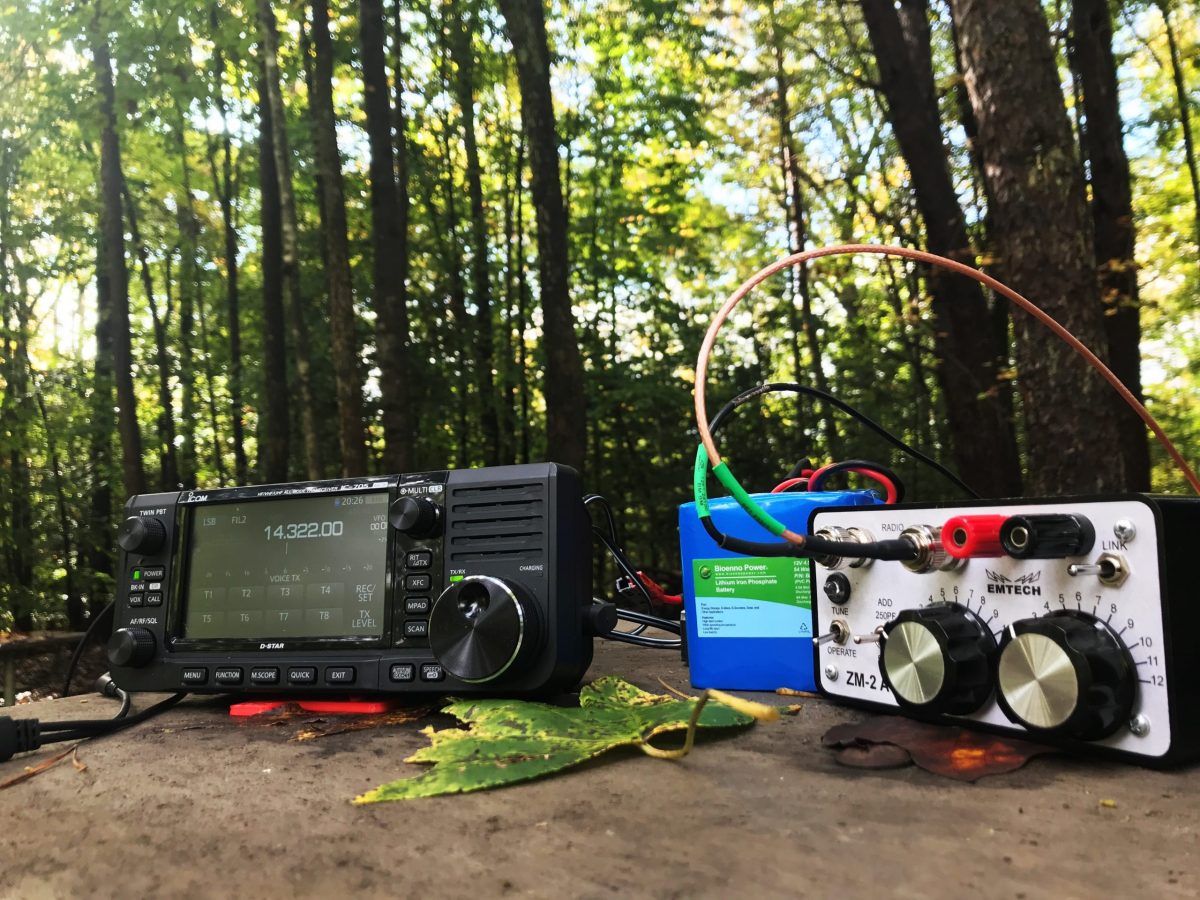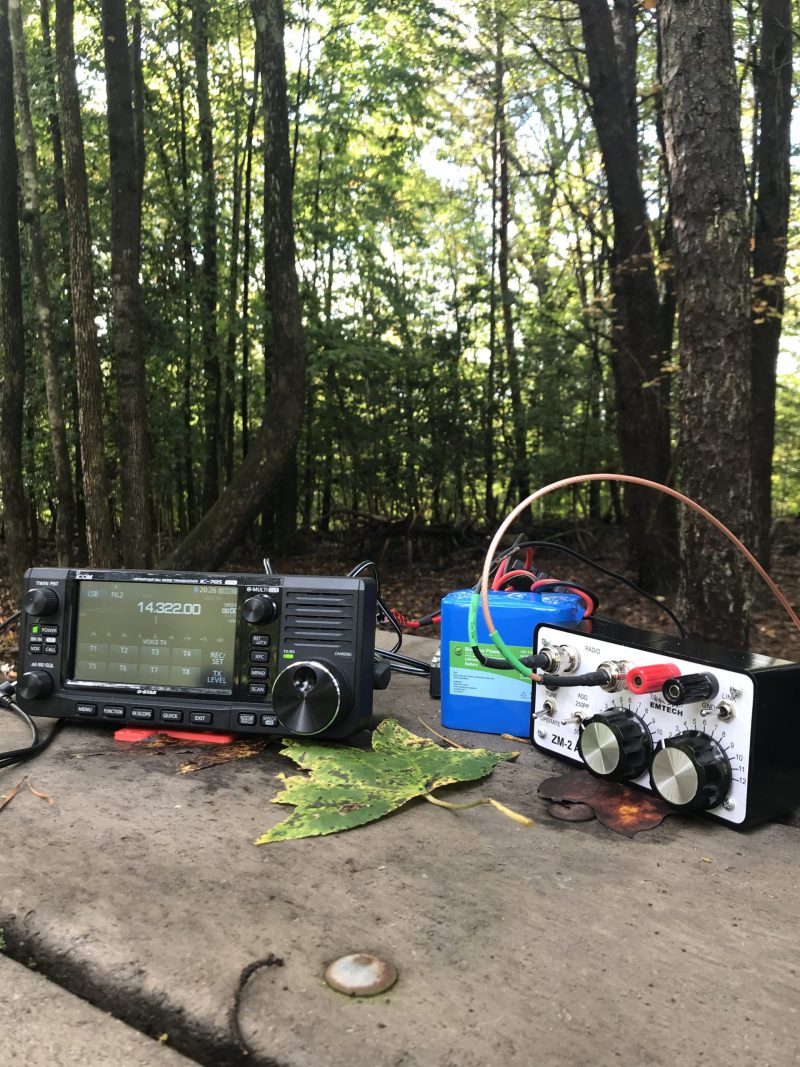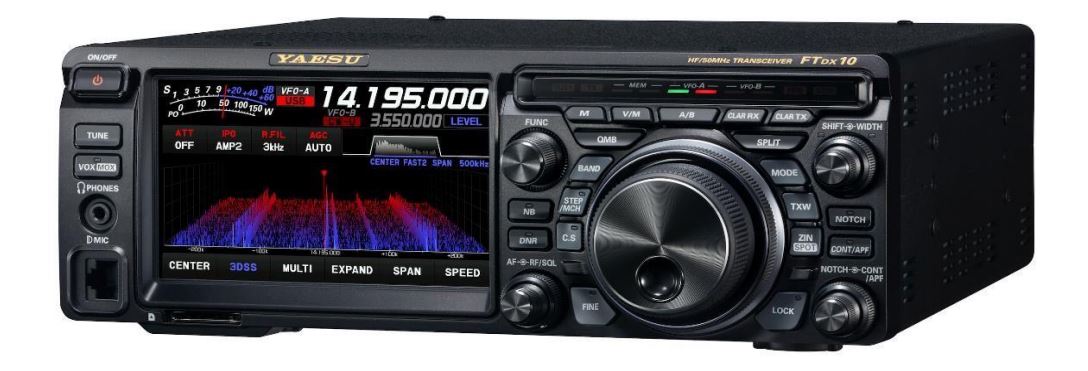 I’ll admit it: I like what I see here.
I’ll admit it: I like what I see here.
Yaesu has announced their latest compact 160-6 M transceiver: the FTDX10. Based on the specifications, it looks like it borrows heavily from the FTDX101 series, which is a very good thing.
At 5″, the color TFT display is larger than that of the IC-7300 & IC-705. The specifications appear to be benchmark with excellent dynamic range (3rd IMDR quoted at “109 dB or more”).
We’ll post more details as updates become available. Wimo has listed a pre-order price of €1,550.00 w/out shipping or VAT.
Here’s the full press release via WIMO:
We are pleased to introduce the FTDX10, a new long-waiting compact HF/50MHz 100W SDR Transceiver!
– Hybrid SDR Configuration
Like the FTDX101 series, the new FTDX10 utilizes the Yaesu Hybrid SDR configuration – Narrow Band SDR and Direct Sampling SDR. The Narrow band SDR receiver emphasizes excellent receiver performance, while the Direct Sampling SDR provides a Digital Processing Real-Time Spectrum Scope.
– Narrow Band SDR with 3 types of Roofing Filters and Phenomenal Multi-signal receiving Characteristics
Like the FTDX101 series, the Down Conversion type receiver configuration with the first IF at 9MHz has been adopted. It makes it possible to incorporate excellent narrow bandwidth crystal roofing filters that have the desired sharp “cliff edge” shape factor. Thanks to the Narrow Band SDR with the latest circuit configuration including 500Hz, 3kHz and 12kHz roofing filters and lownoise oscillator, the RMDR (Reciprocal Mixing Dynamic Range) reaches 116dB or more, the close-in BDR (Blocking Dynamic Range) reaches 141dB or more, and 3rd IMDR (third-order Intermodulation Dynamic Range) reaches 109dB or more, in the
14MHz band at 2kHz separation.
– 250MHz HRDDS (High Resolution Direct Digital Synthesizer) affords Quiet and Clear Reception
The local circuit of the new FTDX10 uses 250MHz HRDDS method same as the FTDX101 series. Thanks to its characteristics that improve the C/N (carrier to noise) ratio and the careful selection of components in the design, the phase noise characteristic of the local signal achieves an excellent value of -145dB or less in 14MHz at 2kHz separation.
– 3DSS (3-Dimensional Spectrum Stream) on the 5-inch Full-Color TFT Display with Touch-Panel Functionality
The 5-inch Full-Color panel shows the 3DSS display. By touching the frequency display, the numeric keypad is displayed, and the active band and frequency adjustment can be set by direct input. Frequency setting and adjustment can also be performed by turning the MAIN dial or touching the scope display. Similar to the FTDX101 series, the MULTI display, RX operation status display, Center, FIX and Cursor modes are available at WiMo.
– Front Panel Designed for Superior Operating Efficiency
MPVD (Multi-Purpose VFO Outer Dial), is a large multi-purpose ring around the outside of the VFO dial that enables control of
Clarifier, C/S (custom selection function) and recall of memory channels.
– Remote Operation with optional LAN unit (SCU-LAN10, see WiMo Website)
Remote operation of the transceiver is possible with the optional SCU-LAN10 and SCU-LAN10 Network Remote Control Software. In addition to controlling the transceiver basic operations, the versatile scope displays enable sophisticated operation such as monitoring the band conditions on a large display at a location away from the ham shack by connection to a home LAN network.
The features of the new FTDX10 include:
– 15 separate band pass filters
– Effective QRM rejection with the IF DSP (IF SHIFT/WIDTH, IF NOTCH DNF, DNR, COUNTOUR)
– High-quality and super stable final amplifier utilizing the new push-pull MOSFET RD70HUP2
– Aluminum Heat Sink with 80mm low-noise axial flow cooling fan
– High Speed Automatic Antenna Tuner with a large capacity 100-channel memory – RF & AF Transmit Monitor
– Microphone Amplifier with Three-stage parametric Equalizer (SSB/ AM mode)
– QMB (Quick Memory Bank)
– Band Stack Function
– Optional speaker – SP-30 designed for the new FTDX10
– Optional roofing filter (300Hz) – XF-130CN available
The new FTDX10 will be available in early December 2020 at WiMo.
Radio Features:
– HF/50MHz band 100W Transceiver
– Hybrid SDR configuration utilizing a Narrow Bandwidth SDR, and a Direct Sampling SDR
– Narrow Band SDR enables Phenomenal Multi-signal Receiving characteristics (2kHz RMDR 116dB+, 2kHz BDR 141dB+, 2kHz 3rd IMDR 109dB+) – Down conversion,
9MHz IF Roofing Filters produce Excellent Shape Factor
– 250 MHz HRDDS (High Resolution Direct Digital Synthesizer) Ultra Low-Noise Local-Oscillator System
– 15 Separate Powerful Band Pass Filters (BPF)
– Effective QRM Rejection with IF DSP (IF SHIFT/WIDTH, IF NOTCH/DNF,CONTOUR,DNR, APF)
– High-quality and Super-Stable Final Amplifier utilizing the new push-pull MOSFET RD70HUP2
– 5-inch Full Color Touch Panel and 3DSS (3-Dimensional Spectrum Stream) Display
– MPVD (Multi-Purpose VFO Outer Dial) enables Outstanding Operating Performance
– Quick Memory Bank (QMB)
– Supports CW operation with multiple functions such as: CW zero-in, CW Auto zero-in, CW Reverse, CW decode, CW keying Signal form Shaping by FPGA and others
– RTTY (FSK)/ PSK Encode/Decode Function
– Other practical features such as Optional RF Gain Selection by IPO. Automatic Gain Control, Quick Split Function – SD Card Slot
– Remote Operation via Internet with optional LAN-Unit (SCU-LAN10 see WiMo website)
Supplied Accessories:
Microphone SSM-75E
DC Power Cable w/Fuse
Spare Fuse
6.3mm 3-contact Plug
Operating Manual
Specifications:
Frequency Ranges:
RX
- 30kHz – 75MHz (Operating)
- 1.8MHz – 29.699999MHz (Specified performance, Amateur bands only)*
- *5.1675/5.332/5.348/5.3585/5.373/5.405MHz (US only), 5.351500-5.366500MHz (EU only)/ 5.25000-5.406500 (UK
only) - 50MHz – 53.999999MHz (Specified performance, Amateur bands only)
- 70MHz – 70.499999MHz (Specifed performance, UK Amateur bands version only)
TX
- 1.8 – 54MHz (Amateur bands only)
Modulation Type: A1A(CW), A3E(AM), J3E(LSB,USB), F3E(FM),F1B(RTTY),G1B(PSK)
Frequency Stability: ±0.5ppm (32°F to +122°F/0? to +50?, after 1min)
Supply Voltage: DC 13.8V ±15%
Circuit Type: Double-Conversion Superheterodyne
Intermediate Frequencies 1st IF 9.005MHz; 2nd IF 24kHz
RF Power Output: 5W – 100W (CW, LSB, USB, FM, RTTY, PKT); 5W -25W (AM)
Case Size(W x H x D): 10.47 x 3.58 x 10.35(inch) / 266 x 91 x 263 (mm) *Protruding parts not included at WIMo
Weight (Approx.): 13lbs/ 5.9kg

